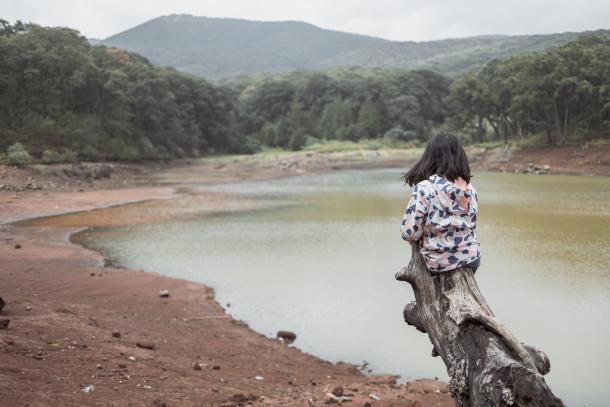
During COP28, UNESCO publishes its first ever quantitative report on the “Impacts of Climate Change in Biosphere Reserves and Global Geoparks in Latin America and the Caribbean”. It shows how increasing droughts, wildfires, flooding and landslides pose a growing threat to biodiversity and human lives, while also providing an outlook for the coming decades.
UNESCO’s new report highlights how climate disruption is affecting communities and ecosystems in Latin America and the Caribbean, by focusing on factors like temperature changes or weather patterns across UNESCO Global Geoparks and Biosphere Reserves.
The study covers an area that is home to 110 million people and spans 1 million km2 across Argentina, Brazil, Chile, Ecuador, Guatemala, Honduras, México, Saint Kitts and Nevis, and Uruguay.
All 15 UNESCO sites showed increasing temperatures and changes in rain patterns, which are projected to lead to loss of vegetation cover, more forest fires, loss of habitat, loss of life, interruption of water supply and/or lower agricultural productivity. If current trends continue, they are projected to experience average temperature increases of between 2 and 7oC by the year 2100, compared to already observed temperature rises of around 1oC since 1900. All 15 sites are also projected to experience new and increasing climate impacts.
The report also shows that climate threats are currently being underestimated. Across almost every risk category, the number of sites identified as having medium/high risk surpasses the expectations of site managers. Notably, only 6 of 15 sites had self-identified forest fires as a major threat, yet the report reveals that medium/high risk of wildfire is projected for 13 sites in the coming decades. The study analyzed 350,000 km2 of forest cover, finding a loss of 4% within just 6 years — equivalent to a landmass bigger than Jamaica.
The report demonstrates a clear relationship between climate threats, vulnerability and exposure to determine relative risks in specific areas. In 9 of 15 sites, over 90% of the agricultural land is exclusively rainfed, leaving farmers and their communities particularly vulnerable to decreasing rainfall, longer heat waves or changes in precipitation patterns.
The report revealed that across the 15 sites, 10.7 million people live in areas exposed to interruptions in water supply, and that in some sites this threat concerns 100% of the population. It also found that today 3.3 million people live in areas that are susceptible to inland flooding, and 8 million live in areas susceptible to landslides. UNESCO designated sites are observatories that contribute to understanding and tracking climate change, while helping to build national and international climate policies.
The new report provides an initial quantification of risks so that communities in these areas can better confront them. It also highlights the opportunity to develop evidence-based interventions that take into account the latest climate projections and the best local expertise. This methodology to understand climate change was designed to be highly replicable and accessible across other UNESCO sites globally.
Main Image :Teran-Studios/Shutterstock.com